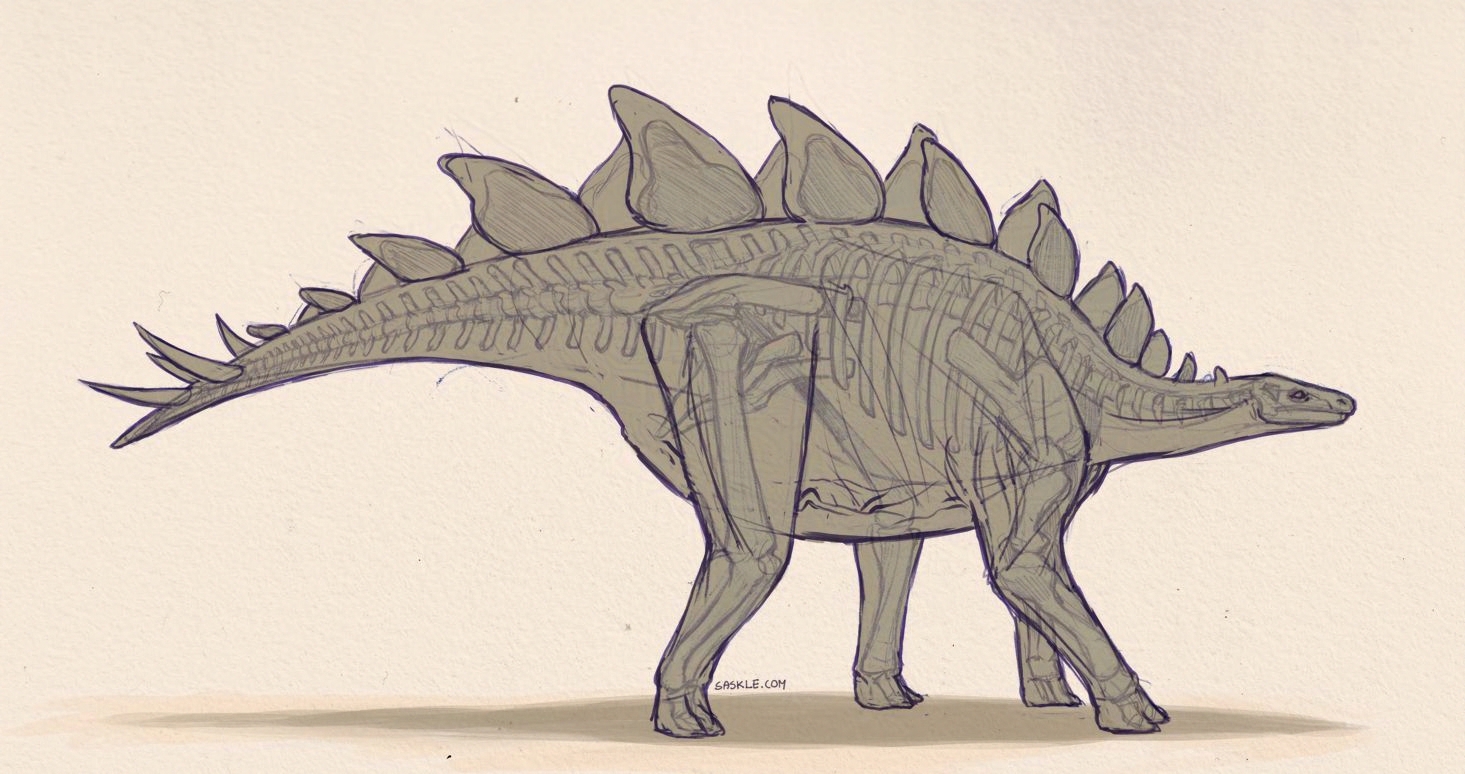
I’ve been part of the Potato Painters Discord for over a year now, but I never attended one of their events. Until now!
Potato Painters is a Discord server for artists who like to draw and paint on location. Having become such a plein air enthousiast the past years, this seemed like the perfect community for me. Unfortunately, most gatherings have been organised during weekdays or weekends I already had made plans for. When the idea came around to draw at Naturalis’ new Triceratops exhibition in a week I already had off, I took my chance.
It turned out there were only three of us drawing that day, but it didn’t bother me – a smal group means you get to know each other better. After all, I like to visit these events for meeting new artists just as much as creating an appointment for myself so I have to show up and draw.

I had never drawn dinosaur skeletons from life before, and it was just as much as a challenge as I imagined. On the other hand, it isn’t very different from drawing anything else – the same rules apply: simplyfying the general shapes, getting proportion right first, and so on. I got Terryl Withlatch’ The Science of Creature Design for Christmas, so I had already spend some time studying anatomy. It helped recognising some bones, as vertebrates (specifically tetrapods) have a very similar basic skeletal structure. Still, the shape and proportions of each bone vary greatly!
One museum worker was so kind to point out that the Stegosaurus on display is an older copy, having the tail mounted low as if it would drag over the ground. Nowadays, scientific consensus holds that dinosaurs held their tails up in the air, which inspired me to take my Stegosaur sketch and update it more recent insights.


The actual muscluature and volume is speculation, I’m no trained paleoartist – but it is fun to try and understand such a creature this way!
